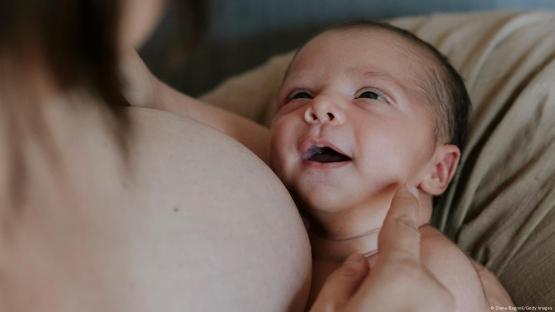NHS waits have worsened again with record A&E delays and 7.2million people now on lists for surgery.
Covid and flu admissions are surging together for the first time as bosses warn they face a “storm”;; with strikes set to start next week .
NHS delays inside and outside of hospitals show no signs of improving (stock image)Official figures show 556,000 visitors to major A&E departments â nearly half â waited longer than four hours to be seen in November.
And 411,000 Brits have been on a treatment waiting list for over a year.
Dr Susan Crossland, of the Society for Acute Medicine, said: “We are in deeply troubling times.
“The fact that such shocking levels of performance are now commonplace is reflective of just how far the NHS has fallen.”;;
A record low 54.5 per cent of visitors to big hospitals’ casualty departments were seen within the four-hour target time last month.
Of those who needed a hospital bed, 143,949 waited longer than four hours and 37,837 longer than 12 hours â both lower than in October but the second highest on record.
Ambulance response times improved but crews still wasted more than 24,000 hours waiting outside crowded hospitals last week.
Sarah Scobie, from the Nuffield Trust, said: “Hospitals are desperately struggling to get patients in and patients out fast enough.
“The situation continues to deteriorate as the temperature drops and we head into the most challenging winter months.”;;
Part of the reason hospitals are so full is that a care shortage means 13,000 patients per day are blocking beds despite being fit enough to go home.
Ward space is also increasingly being taken up by flu and Covid patients.
The number of people in hospital with flu has increased from 586 to 882 in the latest week.
And Covid patient numbers rose from 4,964 to 5,501.
Nurses will hold their first strike next Thursday, December 15, with a second on December 20 to be followed immediately by ambulance walkouts on December 21.
NHS services will be pared back to bank holiday levels in many areas, which is set to worsen delays and expand wait lists .
NHS England’s director for urgent and emergency care, Professor Julian Redhead, said: “Despite the ongoing pressures on services, which are exacerbated by flu hospitalisations, issues in social care meaning we cannot discharge patients who are ready, and record numbers needing A&E, staff have powered through to bring down some of our longest waits for care.”;;



